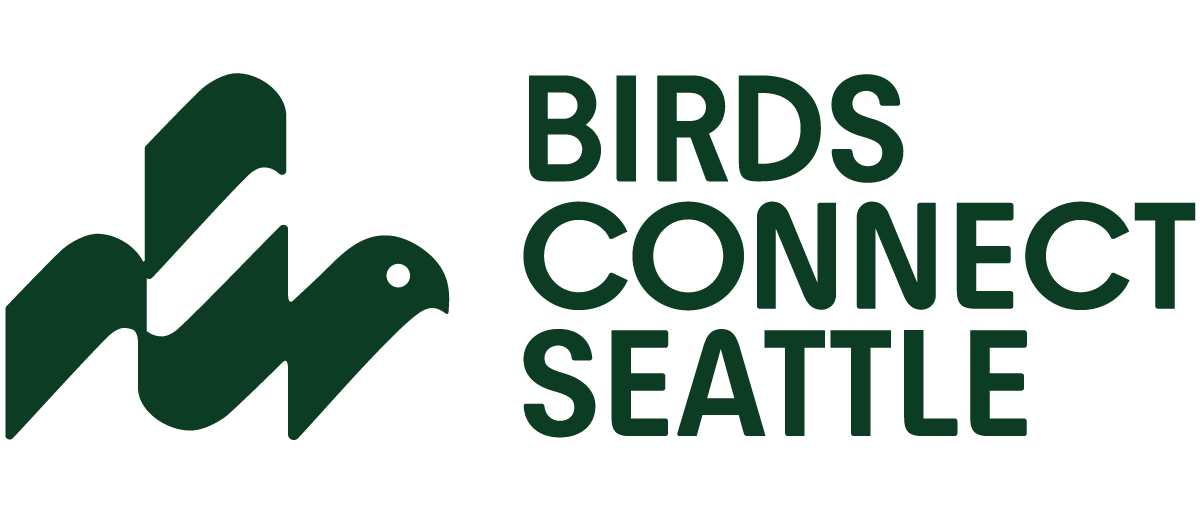Luke Franke/ Audubon
Are There Policies to Protect Birds?
Policy, regulations, legislation, standards, guidelines, and ordinances. However categorized, rules in place to protect birds from urban hazards are beneficial to both birds and the people they share their habitat with. Our urban environment poses a danger to birds; glass and artificial light are two big causes of bird mortality. Between 365 and 988 million birds die each year due to collisions with glass. Artificial light can cause reflections and disorient migrating birds, exacerbating this problem.
Policy can help reduce the danger of glass to birds. In North America, there are nearly 30 locations (countries, cities, municipalities) that have bird-safe building regulations. These policies often require treatment of windows to prevent bird strikes. Many of these policies also include limiting exterior and interior light output, particularly at night. While not a perfect solution, bird-safe policies can help reduce fatal window collisions of vulnerable bird species.
Birds Connect Seattle has reviewed bird-safe policies from across the continent to better inform, refine, and model our advocacy efforts to encourage legislation within our city. To find out what these policies entail, check out the information below!
Where Do Bird-Safe Policies Exist?
There are at least 30 introduced policies regarding bird-safe building regulations or recommendations in North America from 2006 – 2021. 7 of these policies have been within Canada; 1 federal, 3 provincial, and 4 city-wide. 26 are within the United States; 1 federal, 6 state-wide, and 18 cities and municipalities. 22 of these policy measures have been approved or passed, while 7 are still pending.
Zoom in using the map below to view locations where bird-safe legislation has been introduced. Click any outlined area or pin to learn more about the policies.
Join the Seattle Bird Collision Monitors!
Join the list of prospective volunteers for the spring 2022 monitoring season.
What Do The Policies Include?
Bird-safe building regulations can be split into two aspects: building design and lighting. Some policies include both, while others exclusively address design.
Bird-Safe Building Design Regulations
The most common elements for building design regulations include the glazing or treatment of glass on the first few stories above ground level. This can be done by adding visual markers such as patterned dots using specified densities (i.e. the 2″ x 4″ rule) or utilizing “bird-safe materials” such as etched, frosted, and UV reflective glass when constructing new buildings.
Bird-Safe Lighting Regulations
Roughly 2/3 of all bird-safe building regulations incorporate requirements or recommendations for lighting restrictions. The most commonly referenced strategies to limit lighting includes restricting the use of floodlights and spotlights, in addition to using times and motion sensors to limit light output during nighttime hours. Projecting light in a downward direction or utilizing shielded light can also minimize the amount of light shining up toward the sky. In alignment with the suggestions of the International Dark-Sky Association, several of these policies set bulb limits to 3000 Kelvin.
Well, what about Seattle?
Except for an unenforceable recommendation in Capitol Hill’s building design review guidelines, Seattle currently does not have any bird-safe regulations. By reviewing North American bird-safe building requirements, we hope to use other city-wide policies, such as Portland or Vancouver’s, as models of what bird-safe policy or legislation could look like for our city. Birds Connect Seattle is, in partnership with other stakeholders, working to refine our advocacy goals to utilize the most effective strategies and language to get bird-safe building requirements on the agenda for policy makers.
We envision our local cities integrating and valuing nature, minimizing threats to birds, and protecting habitat. Advocacy and legislation will help us realize our vision. But we need your help! Sign up for the Seattle Conservation Activist Network and let us know you care about preventing bird-window collisions!
Join SCAN
Seattle Conservation Activist Network (SCAN) will notify you of advocacy opportunities for the Seattle-area.
So, What Can I Do For Now?
Sign up for SCAN: Seattle Conservation Activist Network will notify you of advocacy opportunities.
Learn how to prevent bird – window collisions: individual actions can help save birds near your home, office, or other buildings.
Sign up as a collision monitor: Seattle Bird Collision Monitors are looking for volunteers for the spring monitoring season.
Learn more: about other urban hazards bird face in the Seattle-area.
Report dead birds: use dBird.org to contribute to bird mortality data.
Acknowledgement
The American Bird Conservancy is a leader in advocating for bird-safe building regulation. Their great work compiling, tracking, and evaluating bird-safe building regulation made our review of the policy landscape much easier. You can learn more about ABC’s collision prevention work here.


